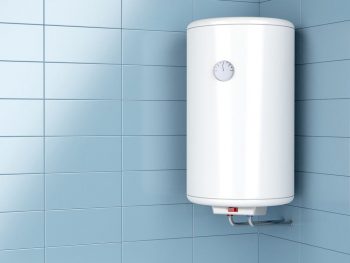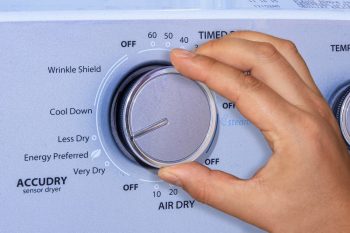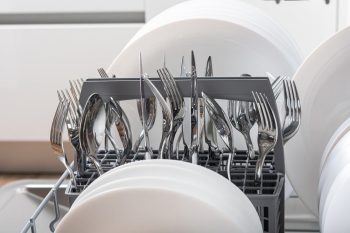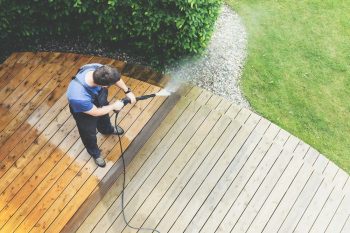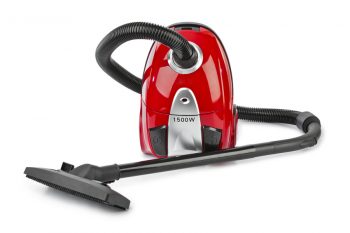
Washing machines are one of the most essential appliances in our homes, but they can be a source of significant noise. A loud washing machine can disrupt your peace and quiet, and it can also indicate an underlying issue that needs fixing. In this comprehensive guide, we will explore the common causes of a noisy washing machine, how to diagnose the problem, and steps to fix it.
To fix a loud washing machine, first diagnose the problem by checking for loose items in the drum, ensuring the machine is leveled, inspecting the drain pump, belt system, tub bearings, and the drive motor. Once identified, fix the issue by balancing the load, removing loose objects, repairing or replacing damaged components, or leveling the machine. If the noise persists, consider seeking professional help. Regular maintenance, proper loading, and using anti-vibration pads can help prevent future noise.
Common Causes of a Loud Washing Machine
There are several reasons why your washing machine might be making noise. These can include:
- Unbalanced Loads: An unbalanced load can cause the washer to spin unevenly, resulting in excessive vibration and noise.
- Loose Items: Items left in pockets, such as coins or keys, can cause rattling noises and even damage the machine.
- Worn Out or Damaged Components: Parts like the drive belt, tub bearings, or pulleys can wear out over time, leading to unusual noises during operation.
- Improper Placement: If the washing machine is not placed on a level surface, it can vibrate excessively and create noise.
Diagnosing the Problem
Before you can fix the problem, you need to diagnose it. Here’s how:
- Check for Loose Items: Inspect the drum for any loose items that may have fallen out of a pocket and are causing noise.
- Ensure Proper Placement and Leveling: Make sure the washing machine is placed on a level surface and its feet are adjusted properly.
- Examine the Drain Pump: If the washer is making a ticking or high-pitched vibrating sound, it could be related to the drain pump. Check the inlet hose and impeller for any foreign objects or damage.
- Inspect the Belt System and Pulleys: Check the belt system, which often includes pulleys to run the motor and keep the drum spinning. Look for any cracks or breaks in these components.
- Check the Tub Bearings: Bad tub bearings can cause noise in the washing machine. Spin the drum by hand when the machine is off to see if it makes a loud, rumbling noise.
- Examine the Drive Motor: A humming or buzzing noise when the motor starts could indicate a problem with the motor itself or a driven component that has seized.
Fixing a Loud Washing Machine
Once you’ve identified the problem, it’s time to start fixing it. Here’s how:
- Balance the Load: If an unbalanced load is causing the noise, reduce the load size and redistribute the clothes evenly in the drum.
- Remove Loose Objects: If loose items are causing the noise, remove them from the drum.
- Repair or Replace Damaged Components: If worn-out or damaged components are causing the noise, you may need to repair or replace them. This might involve replacing the drive belt, pulleys, tub bearings, or motor.
- Level the Machine: If the machine is not level, adjust the feet until it is.
When to Seek Professional Help
If you’ve tried these steps and your washing machine is still making noise, it might be time to call in a professional. A qualified technician can accurately diagnose the problem and make the necessary repairs.
Preventing Future Noise
To prevent future noise, follow these tips:
- Regular Maintenance: Regularly inspect and maintain your washing machine, checking for worn-out components and removing any loose items.
- Proper Loading: Avoid overloading the machine and ensure the load is evenly distributed.
- Use Anti-Vibration Pads: These can help to reduce vibrations and noise.
In conclusion, a loud washing machine can be a nuisance, but it’s often a problem you can fix yourself. By diagnosing the problem and taking the appropriate steps, you can restore peace and quiet to your laundry room.
Frequently Asked Questions
What are some signs of worn-out or damaged components in a washing machine?
Some signs of worn-out or damaged components in a washing machine include loud or unusual noises during operation, excessive vibrations, the machine not spinning or draining properly, or leaks. It’s also a good idea to visually inspect parts like the drive belt, pulleys, and tub bearings for any visible wear or damage.
How often should I inspect and maintain my washing machine to prevent future noise?
It’s a good idea to inspect and maintain your washing machine every 3 to 6 months. Regular maintenance can help to identify potential issues early on and keep your machine running smoothly.
Can I use any type of anti-vibration pads for my washing machine?
Yes, most anti-vibration pads are universal and can be used with any washing machine. However, it’s always a good idea to check the product specifications to ensure they are suitable for your specific model.
How can I ensure that my washing machine is level?
To ensure your washing machine is level, you can use a spirit level. Place the level on top of the machine and adjust the feet until the bubble is centered. Also, make sure the machine does not rock when you apply pressure to the corners.
What should I do if my washing machine continues to make noise after replacing a component?
If your washing machine continues to make noise after replacing a component, it’s possible that there may be another issue causing the noise. In this case, it’s best to consult with a professional technician who can accurately diagnose and fix the problem.


